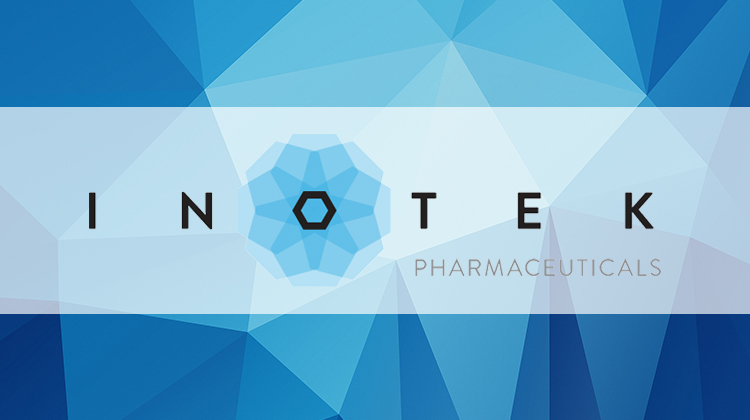Inotek May Be for Sale, But Who Will Buy?

With another failed trial of its glaucoma candidate trabodenoson in hand, Inotek Pharmaceuticals Corp. is pondering options that could include selling the company, but finding a buyer could be difficult.
The dominoes started to fall in January, when Inotek reported that the trial of monotherapy trabodenoson did not achieve the results it was looking for. But at the time, CEO David Southwell said the ongoing trial of trabodenoson combined with latanoprost was the company’s primary objective. Trabodenoson is a first-in-class, highly selective adenosine mimetic that targets the A1 subreceptor in glaucoma and augments trabecular meshwork outflow to lower intraocular pressure (IOP).
Combination Trial Disappoints
But earlier this month Inotek announced results of the combination trial, and they were disappointing. The combination demonstrated moderate IOP reduction over latanoprost alone, but by day 56 the fixed-dose combination showed no meaningful clinical advantage in IOP reduction.
“While these results are not what we were hoping for, we will continue to analyze the data and evaluate the future clinical applications of trabodenoson,” Southwell said in a conference call following the latest announcement. “We have initiated a process of evaluating other strategic options for both Inotek and trabodenoson.”
Inotek has engaged Perella Weinberg Partners, a leading independent global advisory and asset management firm, to help evaluate its options. That could include sale of the company, although Seeking Alpha reports that could be difficult because the company has “no value left.” FierceBiotech says trabodenoson is “the totality of Inotek’s pipeline,” adding, “It does have a Nasdaq listing and some cash, assets that could make it the target of a reverse merger.”
Going Forward
That strategic review will include preclinical assets as well. Southwell pointed out the company previously showed that trabodenoson demonstrated preclinical activity in ophthalmic indications with a high unmet need, such as non-arteritic anterior ischemic optic neuropathy (NAION). “We also have intriguing data demonstrating the potential for neural enhancement,” he said. The potential NAION indication may be Inotek’s only remaining asset of value, but it’s efficacy is unknown and clinical testing is still far off.
“We will continue to streamline our operations to preserve cash, for value-creating opportunities,” Southwell added. “We remain deeply committed to doing what is right for our shareholders in an expedient manner.”
As of the end of the second quarter of 2017, Inotek had an estimated $108.7 million in cash and marketable securities—but the company’s latest Securities and Exchange Commission filing also shows it has an accumulated deficit of $249.5 million.
Inotek stock traded in the $7 range for most of last year before it sank to around $1.70 in January upon reporting of the trabodenoson monotherapy results. Now it’s trading at around $1 a share—dropping about a third of its value since the trabodenoson-latanoprost combination results were reported.
Richard Mark Kirkner contributed reporting.

